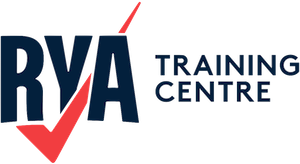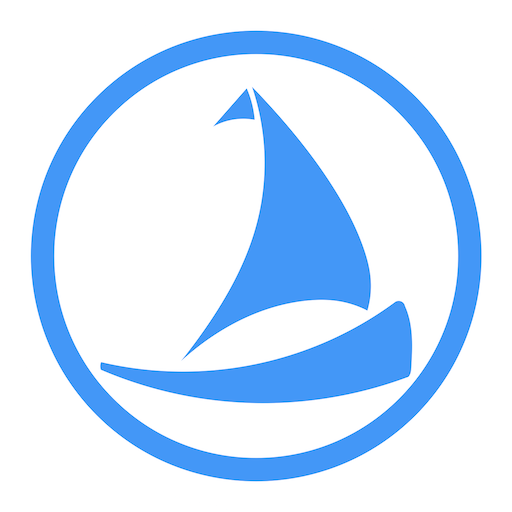Glossary Archive
Charted Depth
The depths shown on the chart are the depths of the seabed below Chart Datum and are therefore the least depth expected at that point in normal circumstances.
Chart Plotter
An electronic navigation device used on boats to display electronic navigation charts and track the vessel's position in real-time using GPS technology. A chart plotter is an essential tool for modern marine navigation. It combines GPS data with digital nautical charts to provide a real-time display of a vessel's position, course, and speed. The device...
Chart Table
A flat, dedicated surface aboard a vessel used for spreading out nautical charts and plotting courses during navigation. A chart table is an essential feature found on many seagoing vessels, particularly those designed for extended voyages or professional use. Typically located in the navigation station or near the helm, the chart table provides a stable...
Chief Mate
The second-in-command on a vessel, responsible for overseeing the ship's day-to-day operations, cargo handling, and the safety of the crew and passengers. The Chief Mate plays a pivotal role in a ship's crew hierarchy, acting as the immediate subordinate to the Captain (or Master) and assuming command in the Captain's absence. This officer is primarily...
Chine
The sharp angle or edge formed where the hull's sides meet its bottom, commonly found in hard-chined boats. A chine is a critical structural and design feature of a boat's hull, particularly evident in vessels with a hard chine. It refers to the intersection or edge where the hull's bottom transitions to its sides, creating...
Chock-a-block
Chock-a-block is a nautical term describing when two blocks (pulleys) are pulled so close together that they cannot be tightened further. It indicates that a line or rope is fully tightened or that two objects are pressed tightly together. In a broader sense, it can also mean something that is completely full or crowded.
Chop
Short choppy seas
Chronometer
A highly accurate timekeeping instrument, specifically designed for determining longitude at sea. A chronometer is a precision timepiece used aboard ships to aid in navigation by providing an accurate measure of time, which is crucial for determining a vessel's longitude. Before the invention of the marine chronometer in the 18th century, sailors had no reliable...
Clean Bill of Health
⚓ Nautical Origin of A Clean Bill of Health: Back in the 18th and 19th centuries, when ships traveled from port to port, they could carry more than just cargo—they might also bring diseases like cholera, plague, or yellow fever. To prevent outbreaks, port authorities began requiring ships to present a “bill of health”—an official document from the last port of...
Clear
Clear water is transparent and free from sediment, debris, or other particles that may obstruct visibility. This is important for snorkelling, diving, or fishing, where clear water allows for better visibility of marine life and surroundings.


